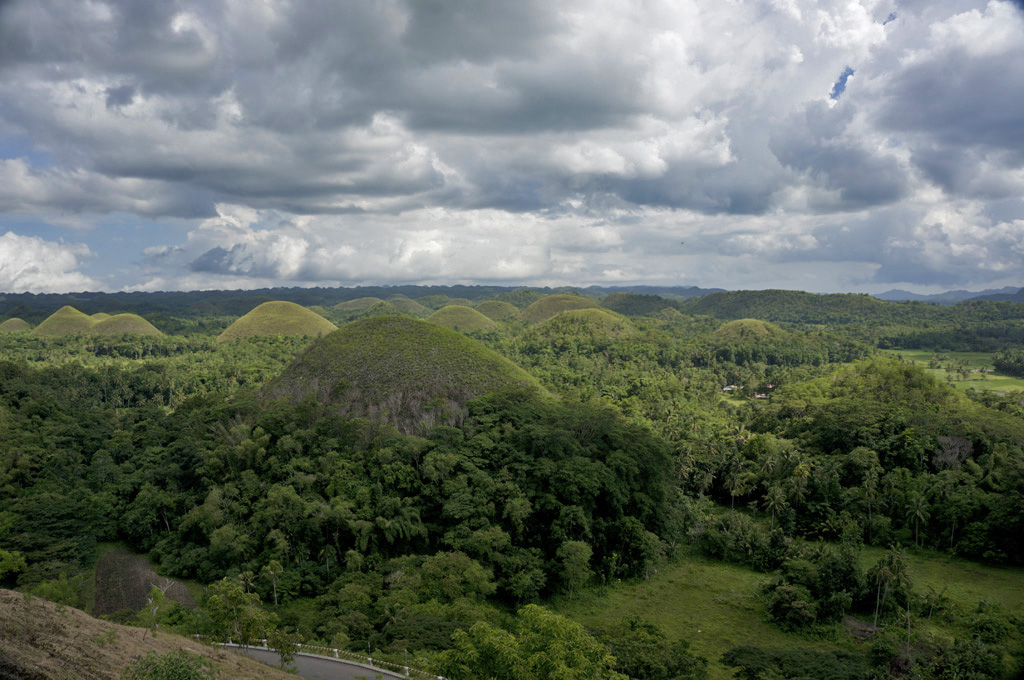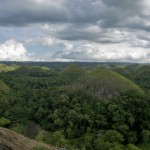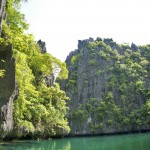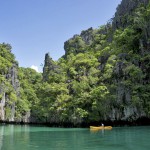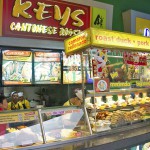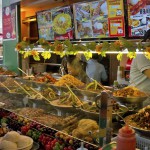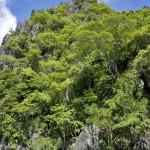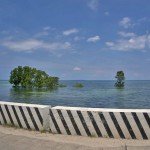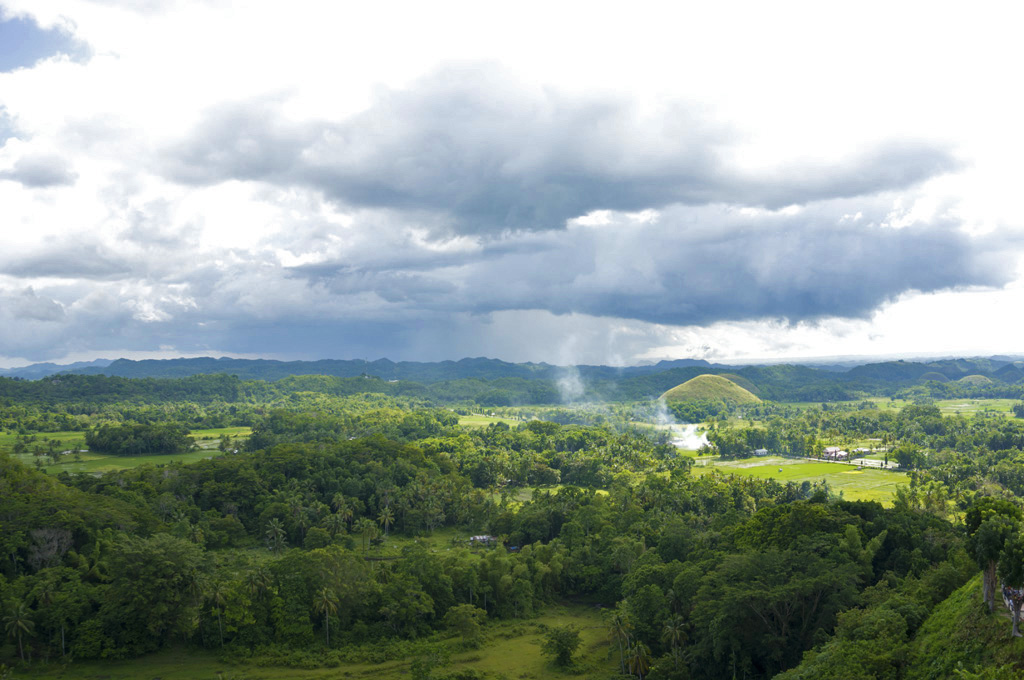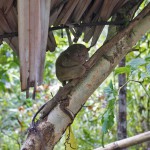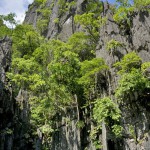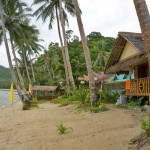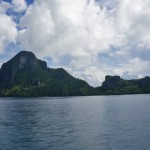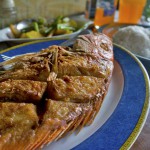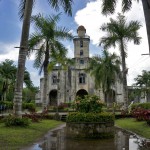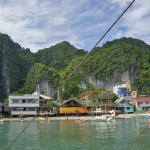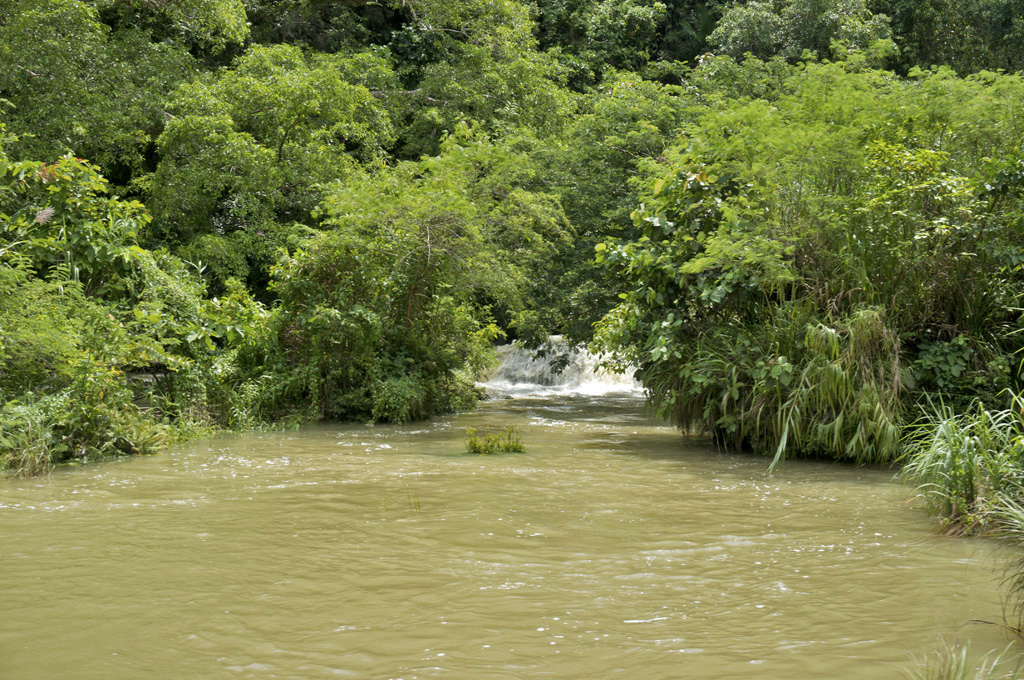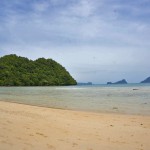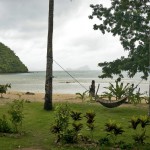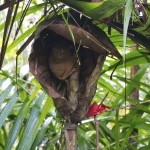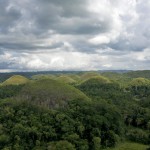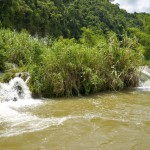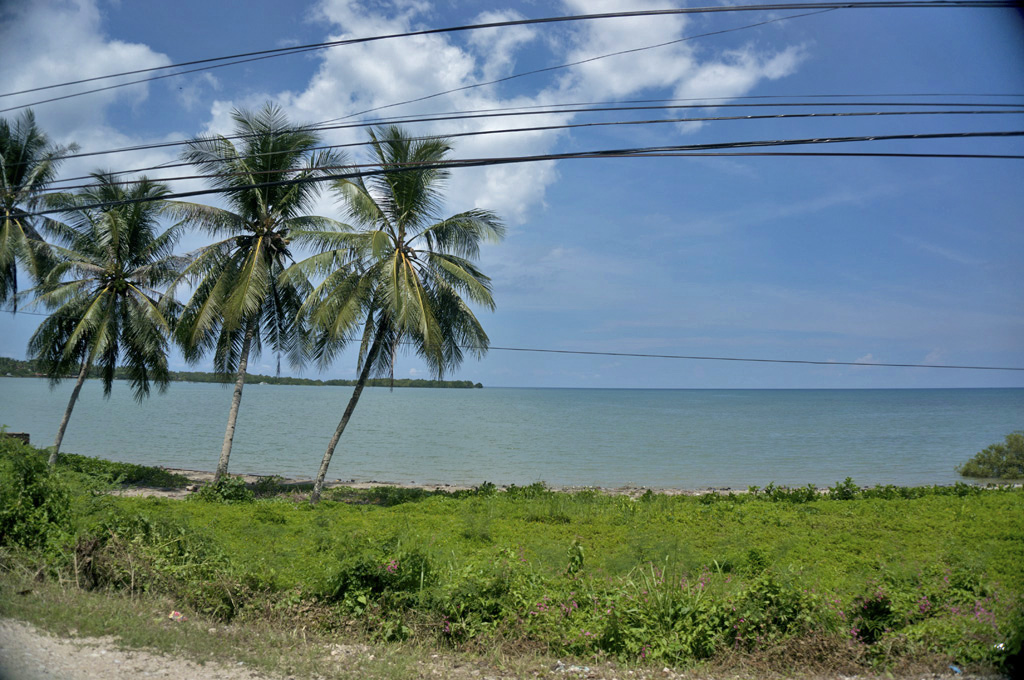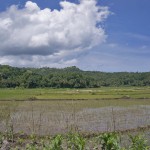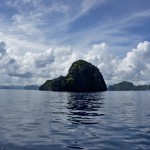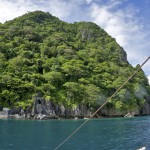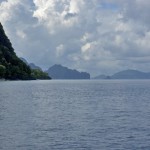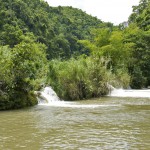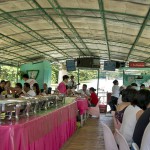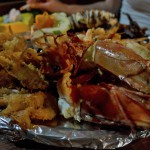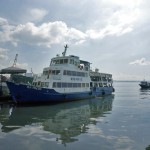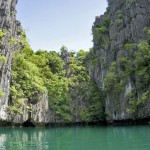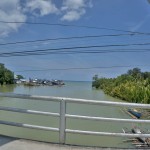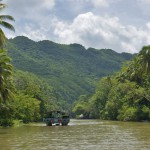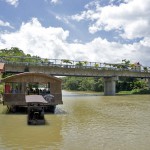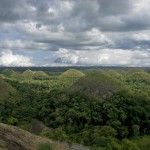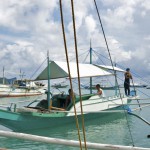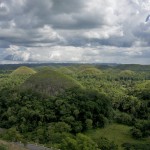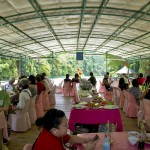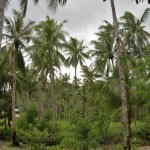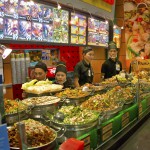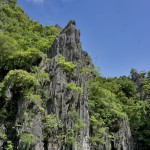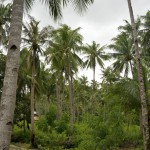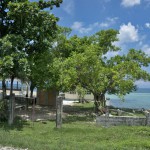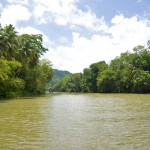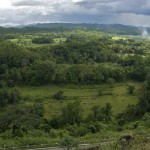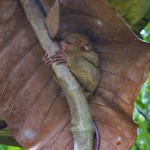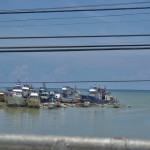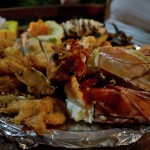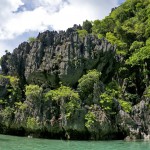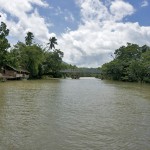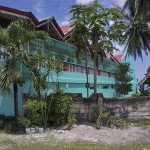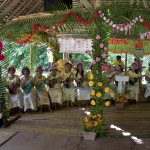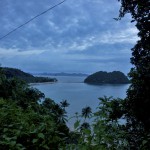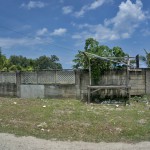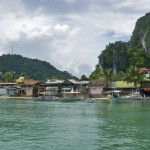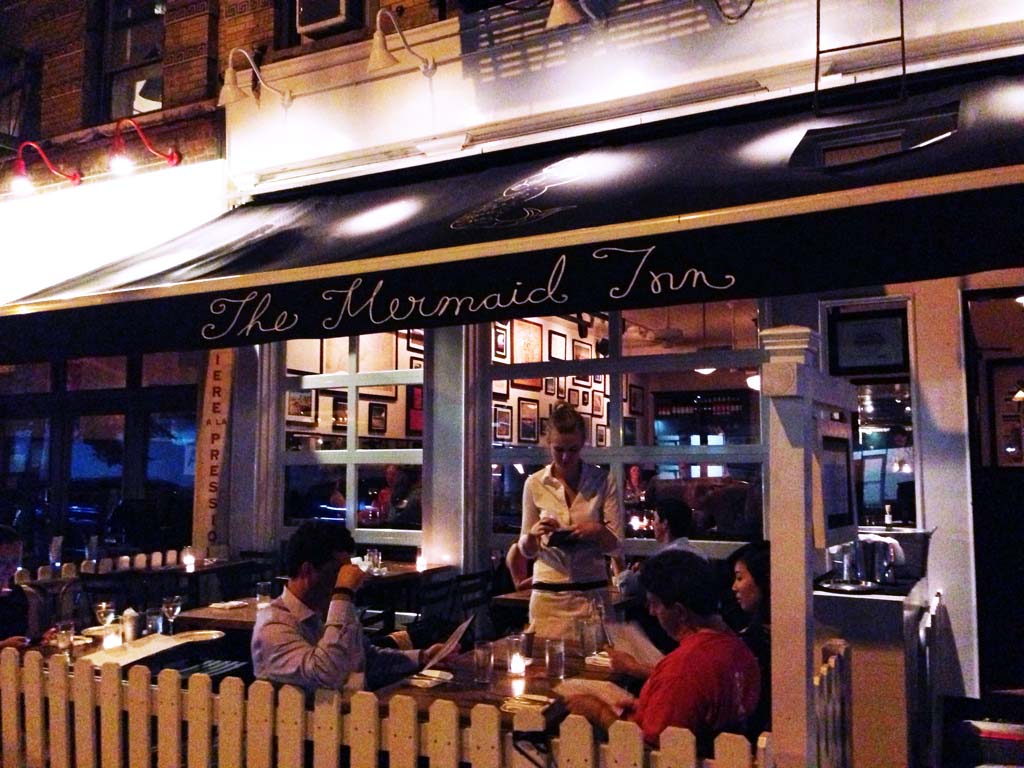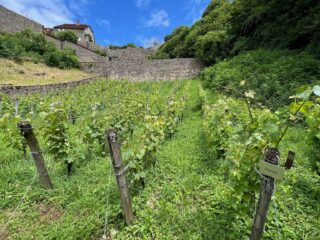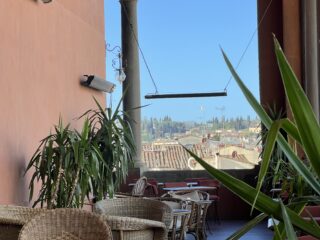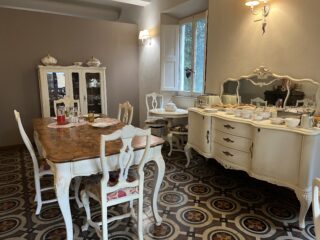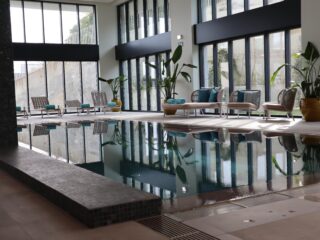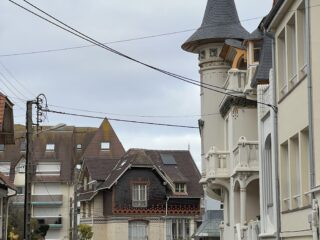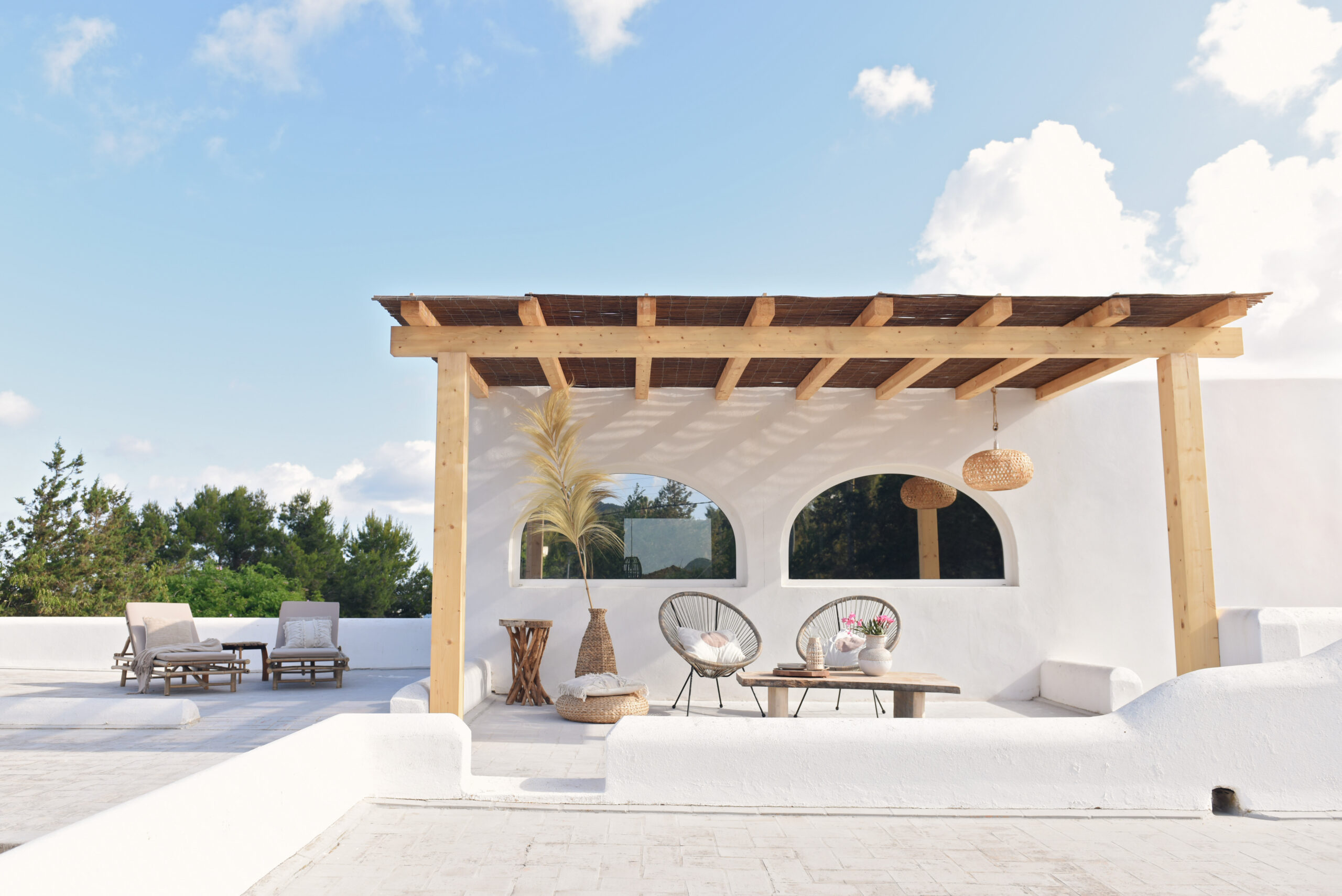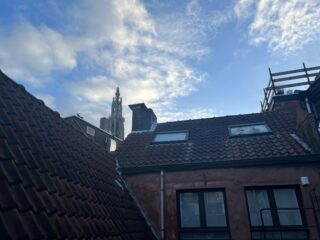Pack your bags. It’s time to go to the Philippines.
The Gist
Outside the top 10 destinations for non-Asian travelers, the Philippines is still one of the less-frequented targets in the region. The result is a luxuriously laid-back feel, authentically friendly people, secluded beaches and mystical natural sights and phenomena.
To see it all, you’d need at least a month or two. Our backpackers guide does part of it in two weeks.
The Locations
- Manila: The capital is busy, hectic and constantly changing. Good for: Parties, sightseeing, dining
- Tagatay: Town on the coast of the Taal lake, home of an active volcano. Good for: a day trip and visiting the volcano.
- Mactan, Cebu: The oldest spanish settlement, Cebu and the surrounding islands are rich in colonial history and sights. Good for: spa treatments, massages, relaxation, water sports
- Bohol: This island, a ferry trip away from Cebu, has the famous chocolate hills, historic spanish churches, beautiful beaches and the smallest primates in world. Good for: jungle adventures, river trips, national geographic style pictures
- El Nido, Palawan: No ATMs, no credit cards, just, beaches, corals and tricycles. This is the ultimate getaway. Bring a flash light, mosquito net and trekking shoes, no joke.
The Experience
- Getting around: If you travel by air your first destination will most likely be Manila, the bustling capital in Luzon, from which you can easily reach the south of the island by car. The second stop on this journey was the island of Cebu, south of Luzon. Cebu is 1 1/2 hours from Manila by plane and the trip cost around €30. Domestic flights are dirt cheap. You can book a mere day before departure and still get amazing rates . We recommend Cebu Pacific: fast service, great prices and no hassle. To get to Palawan, we splurged on the airfare to save time ( €150 for a one-way ITI ticket directly to El Nido over a cheaper flight to Puerto Princessa) ITI has daily flights back and forth to El Nido (look for frequent promo rates, €75 one way).
- In Manila: there are some sights which are worth considering like the bustling Rizal park, Intramuros – the old city in the city , or the high rise district of Makati. The malls are also something else. If you forgot something or just want to see the craziest food court ever, check out one of the massive shopping centers, like the Mall of Asia in Pasay City, not far from the airport. All in all, you – like us – probably just stepped off the airplane after an 22 hour trip. We weren’t here to see a big city, but to enjoy this country’s natural beauty. Basically, stay for a day or two but then its time to hit the road.
- Tagatay: The town looks over the Taal lake with a volcano inside it and another lake inside the volcano… crazy. You can take a boat trip across with a guide who will take you to the edge and some even down inside the crater. We didn’t do this because it was ridiculously foggy, but we did find a totally surreal Starbucks in the middle of nowhere, it was as if suburban America had been planted right into a jungle cliff.
- Seeing Cebu: The main entry point to Cebu is a no-brainer: Cebu City. We didn’t stay long since it’s loud and full of construction for office buildings, malls, condos and chain hotels, but the city has some draw. It is the first spanish settlement and oldest city in the Philippines and where Magellan Landed in 1521 just to be killed 20 days later in the Battle of Mactan. Sights include the Santo Nino Basilica where Magellan’s cross is housed.
- Mactan: This island is a half hour drive from Cebu airport. surrounded by crystal clear water and beaches dotted with resorts , hotels and privately owned houses along the south coast. Crimson Resort & Spa in Mactan is worth a visit with its little villas, private pools and perfectly trimed gardens. Resorts here are pricey, but for a small budget there are also a bunch of hotels that offer great accomodation for as little as €15 euros a night. This is the place to enjoy some down time, get massages and spa treatments and relax on the beach. From here, a day trip to Bohol, the next island in the south, is pretty simple and, we found, totally worth it. You can either arrange this trip through your hotel or use one of those travel agencies.
- Bohol: Our hotel got us a tour for around €100 per person, which sounds like a lot for a 3rd world country but this trip included really everything except bottled water. They picked us up at the hotel with the private AC car around 8:00 am. We drove to the super busy harbour were a bubbly guide checked us in and gave us our tickets. After an hour and half our ferry we arrived in Bohol. Another AC car picked us up and our guide was well-informed, telling us all about the local fight for preservation of the old churches. The whole country is very Catholic, but in Bohol (and other places) it was obligatory to have Christian sentiments printed on jeepneys and tricycles. “God Bless” and “God knows all” or “The Lord is my savior”. We took a river cruise, that could just as well been in the Amazon or Vietnam. Having lunch on a barge-like boat, all in pink, with a middle aged man playing and singing 80s tunes through echo-effected speakers was perhaps our most surreal experience on the trip. We even stopped at a dock with a band of ukulele-playing ladies, all in traditional dress… they sang a polka version of bye bye love as our boat pulled away. Epic. We proceeded to the Tarsier sanctuary where these adorable tiny primates huddle in little tree houses. From there we went to the Chocolate Hills, a runner-up for the 7 natural wonders of the world, no one really knows how these 1776 treeless hills were formed, but in the dry months, the brown foliage is what got them the name. Legend has it a giant fell in love with a mortal and when he realized he couldn’t be with her his giant tears formed the hilly landscape. That sounded much cooler than speculations about ocean tides and erosion. On the way back we stopped at beautiful colonial churches from the 1500s, similar to the south american relics from colonial times. We were amazed that we had seen so much in one day and never felt rushed. Bohol in a day? Totally doable.
- El Nido, Palawan: This spot can be the off-the-beaten-track paradise for those who want to suck up some sun, go kayaking, snorkel and do as little as possible on the beach. There are also a number of snazzy resorts for thicker wallets. We chose the middle ground: A picturesque beach called Las Cabanas, only accessible by a long jungle path from the road, directly onto the beach. It was like Jurassic Park, we took an island hopping tour to what seemed like the end of civilization, kayaking through green lagoons, surrounded by sheet rock cliffs, snorkeled in pristine coral landscapes, played hide and seek with clown fish and enjoyed a BBQ lunch on an uninhabited island ( one of many). There were a few “resorts” along the waterfront, some more refined than others. We stayed at Orange Pearl and Las Cabanas. If you’re looking to spend next to nothing there are also backpackers hotels in downtown El Nido that charge around €8 per night. Most island hopping tours take similar routes and in El Nido there is tour A, B and C (A and C are most popular). You can book with most hotels or in El Nido itself, for instance at the Art Cafe, where they accept credit cards and also serve very decent food and at night often have live music or comedy. The downstairs boutique sells basic necessities, like cell phone batteries, sun block and mosquito spray. Bring cash to El Nido, as ATMs are non-existent and only a few places take credit cards. If you run out of money, the petrol station next to Art Cafe gives cash back (on good days).
Facts about the Philippines:
- Language Each Island has it’s own regional language, the most commonly spoken is Filipino, or Tagalo. Virtually everyone speaks English and all signs, radio and television is mostly in English.
- Food: Pork, pork and more pork. If you’re on the waterfront seafood is an option, vegetarians can get hungry in this pork eater’s paradise. Generally “adobo” is yummy, of course mostly served with pork, there are also chicken and seafood versions.
- Service: Men are “sir” and women are “mum” regardless. Hotel staff will often put their hand to their chest when greeting you. Haggling is normal, so never take the first price offered, no one will be offended.
- Tourists: Many Chinese, Japanese and Korean tourists flock to the islands in summer. We also saw more French tourists than any other European nationality.
